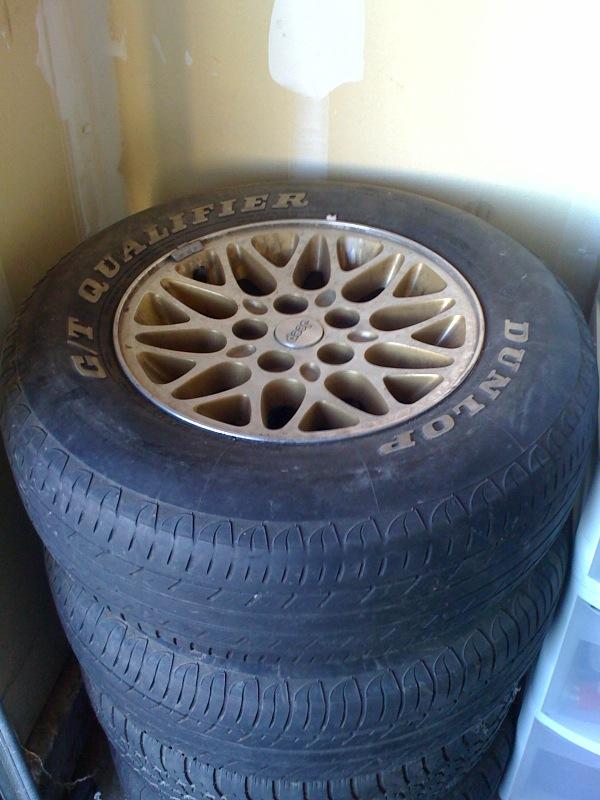The rim is the "outer edge of a wheel, holding the tire. It makes up the outer circular design of the wheel on which the inside edge of the tire is mounted on vehicles such asautomobiles. For example, on a bicycle wheel the rim is a large hoop attached to the outer ends of the spokes of the wheel that holds the tire and tube. In the 1st millennium BC an iron rim was introduced around the wooden wheels of chariots.Overly wide rims in relation to the tire width for a particular car may result in more vibration and less comfortable ride because the sidewalls of the tire have insufficient curvature to flex properly over rough driving surfaces. Oversized rims will cause the tire to rub when turning. Overly narrow rims in relation to the tire width may cause poor handling as the tire may distort sideways under fast cornering. Onmotorcycles, a narrow rim will alter the tire profile, concentrating tire wear in a very small area during cornering, with a smaller contact patch during braking. On bicycles, the optimum tire width is approximately twice the rim's internal width (e.g. a 35mm tire on a rim with an ETRTO 17mm internal width) or one-and-a-half times the rim's external width.[citation needed] Considerable variation outside this range is safe, but very wide tires on a narrow rim can overstress the rim and damage the tire sidewalls, whereas very narrow tires on a wide rim give a hard ride and can result in a high-pressure tire blowing off.







-M.jpg)
No comments:
Post a Comment